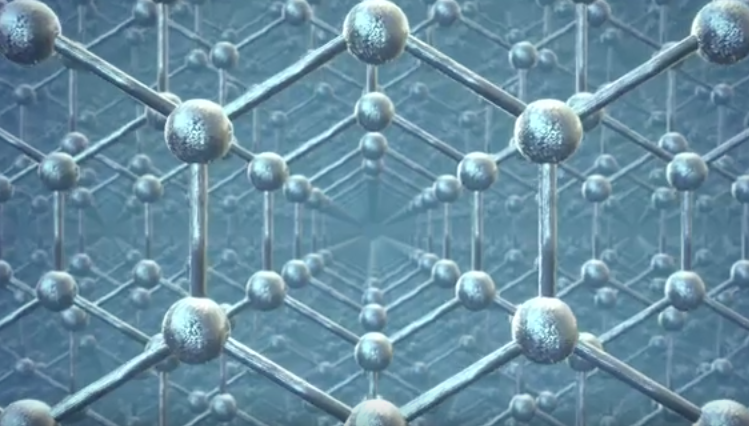By observing lithium ion movement in nanoparticles, researchers have discovered that instead of increasing, they reverse at a certain point. Their discovery could be a breakthrough in faster-charging and longer-lasting batteries.
Read MoreResearchers at the University of California Riverside and the University of Georgia say they’ve integrated graphene with tantalum sulfide and hexagonal boron nitride to create the first useful device that exploits the potential of charge-density waves to modulate an electrical current through a 2-D material.
Read MoreScientists at the U.S. Department of Energy’s Brookhaven National Laboratory, Stony Brook University, and the Colleges of Nanoscale Science and Engineering at SUNY Polytechnic Institute, paired graphene with glass to create a more robust electronic material with scale-up potential—but that’s not all that graphene’s been up to.
Read More



